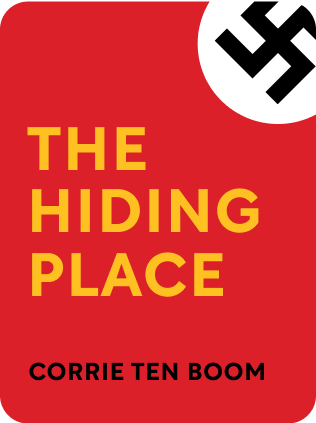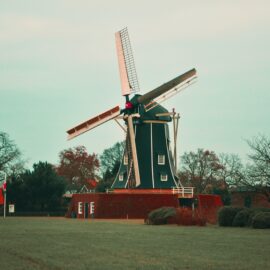

This article is an excerpt from the Shortform summary of "The Hiding Place" by Corrie ten Boom. Shortform has the world's best summaries of books you should be reading.
Like this article? Sign up for a free trial here .
Were there any Dutch Nazi collaborators? What did they do and were they organized outside of the Nazi party?
Read about the Dutch Nazi collaborators and how they reacted to Nazi occupation of Holland.
Dutch Collaboration With Nazis
One of the most shocking aspects of the antisemitic campaign was how eagerly many ordinary Dutch people gleefully participated in it. The Netherlands had its own version of the German Hitler Youth, called the NSB. These were local Nazi sympathizers and Dutch Nazi collaborators, who espoused a hateful antisemitic ideology that found expression in terrorizing and harassing their Jewish neighbors. Corrie was aghast to discover that people whom she had known and seen in Haarlem in ordinary times were now enthusiastic participants in the gathering storm of hate as Dutch Nazi collaborators.
Disturbing changes began to present themselves. German uniforms and insignia became a common feature of ordinary life on the streets of Haarlem, while racist and antisemitic propaganda began to be published in once-respectable newspapers, now under the control of the Reich Ministry of Propaganda. Dutch Nazi collaborators only made it worse.
Desperation Drove Corrie and Dutch Nazi Collaborators
Corrie knew that her activities were dangerous, and that she faced severe punishment—even death—at the hands of the Nazis if caught. She had been forced to lie in service of her work. But Casper reminded her that the lies that crossed her lips were spoken with love—the love that he had always told her was the greatest and most powerful force in the universe. And she was prepared to face death in order to show that love, just as Christ had on the cross—for, in sacrificing herself, there could be no greater act of love.
All over Haarlem, tensions were stretched to the breaking point and Dutch collaboration with Nazis continued. The deprivations of wartime began to be felt all across the city as winter set in. Food and fuel were running constant shortages, taking a terrible toll on the very young and the very old—including Christoffels, who finally succumbed to the cold and hunger in winter 1943.

———End of Preview———
Like what you just read? Read the rest of the world's best summary of Corrie ten Boom's "The Hiding Place" at Shortform .
Here's what you'll find in our full The Hiding Place summary :
- Why devout Christian Corrie ten Boom decided to stand up to the Nazi occupation
- How ten Boom and the Jewish neighbors she was hiding were caught
- How ten Boom survived the concentration camp and left with even stronger faith






